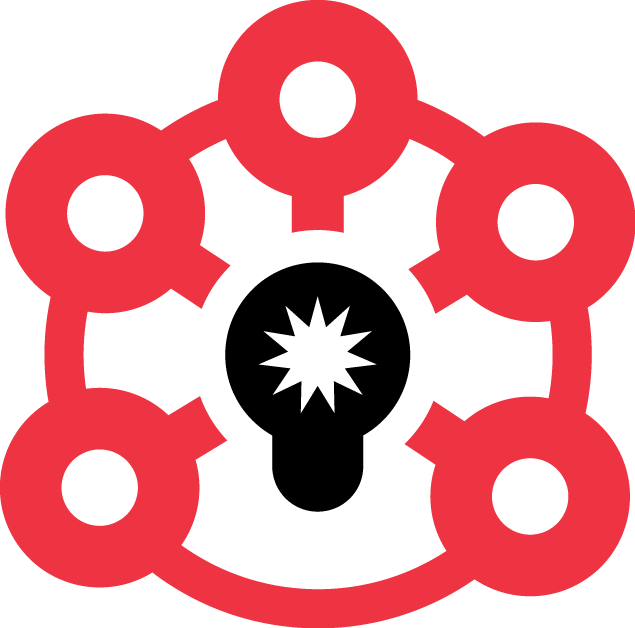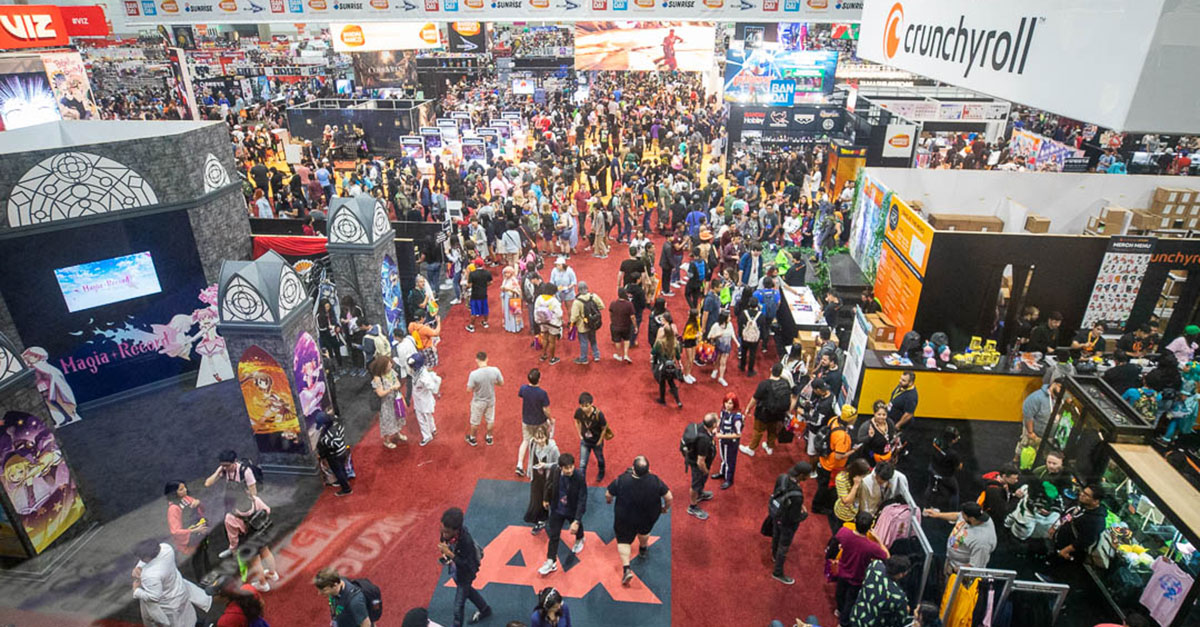
Line Management Options: Finding the Right Fit
“Line management is a necessity.” Within the consumer heavy business of Pop Culture events, as Business and Event professionals, managing and maintaining lines and queues are an essential part of the industry. You cannot have a successful booth or event without understanding the importance of providing organized and efficient access to the attendees.
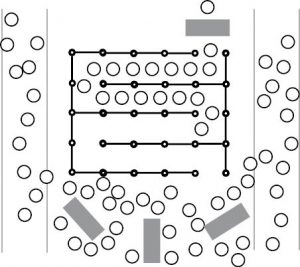
The type of line, the space, and the flexible options in maintaining the queue builds the foundation for:
- Reduced wait times
- An efficient and continuously moving line
- Positive customer experience
Bottom line: An organized line = increased sales.
Types of Lines:
- Straight Line Queue
- Switchback Queue
- Serpentine Queue
Straight Line Queue
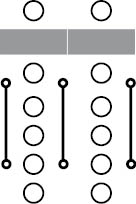
Perfect for short lines and quick check-outs.
But, if you expect a large influx of attendees, the straight line queue will cause disorganization and ineffectiveness. This type of line will require a dedicated staff member to maintain line organization during heavy traffic times.
Switchback Queue
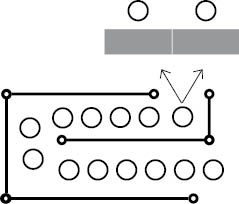
Perfect for lines that have a constant flow of attendees and allows for more control over the line path.
If the line grows past the switchback, it is likely to continue to stretch outwards from the ingress point. This may not only cause confusion, but extend into other locations, block vital pathways, or create unsafe conditions. The switchback queue may require a dedicated staff member to maintain line organization during heavy traffic times.
Serpentine Queue
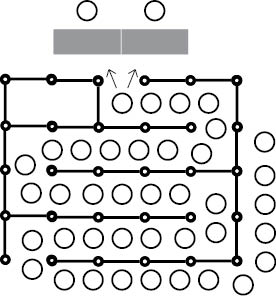
This type of line is developed for ultimate flexibility and efficiency. It can either support a short line during low traffic or a very long line during high traffic.
This flexibility comes with a stanchion design that can be manipulated to your business needs and allows for flexible ingress and egress points. Additionally, by simply removing a couple of the stanchion lines you can create more space for more line, or by putting back up minimal stanchion lines you can create a more direct line to the front.
While this line style maintains flexibility and efficiency, it occupies a lot of space whether fully in use or not. The serpentine queue should not require a dedicated staff member as any trained staff member can manipulate the queue as needed.
Tips for maintaining either of these line types are:
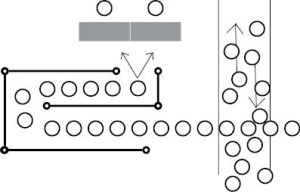
- Capping the line. If the line becomes too long and is causing safety concerns or expanding into other locations, you can temporarily close your line and then reopen when the line shortens.
- Rerouting the line. If the line becomes too long and is causing safety concerns or expanding into other locations AND if you have additional space within your location, you can reroute the line to wrap around or within your space.
- Effective communication. Whether the lines are short or long, effective communication is key. A way to help your attendees is providing clear and concise signage about the line entrance, the check-out location, and the end of the line. In addition, a helpful staff member that can answer questions for attendees in line or for those looking for the end of the line boosts customer satisfaction and attendee expectations for a smooth and effective check-out.
Comparison
Taped Queues vs. Stanchioned Queues
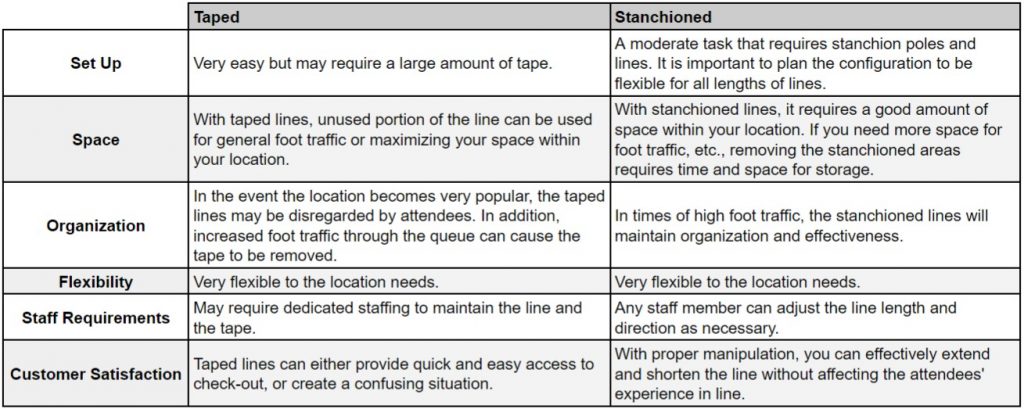
These types of lines are subject to the type of space and budget per event. In selecting either type of line construction, assess the needs of your attendees and event.
The goal should always be to provide your attendees with:
- Reduced wait times
- An efficient and continuously moving line
- Positive customer experience
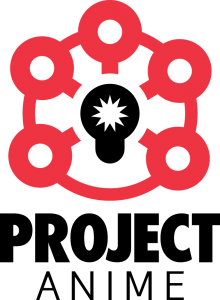
About Project Anime
Project Anime™ is an international business service that invites convention directors, executives, anime and Japanese pop culture industry leaders, distributors, exhibitors, and more to discuss ways to improve the anime and Japanese pop culture market in their territories and across the globe. Through providing resources, data, and conferences, Project Anime™ hopes to empower convention owners and executives, deepen the bonds between the anime industry and conventions, and find new and unique ways that conventions can further reach and grow the anime industry on a global scale.
For more information, please visit http://project-anime.org/.
